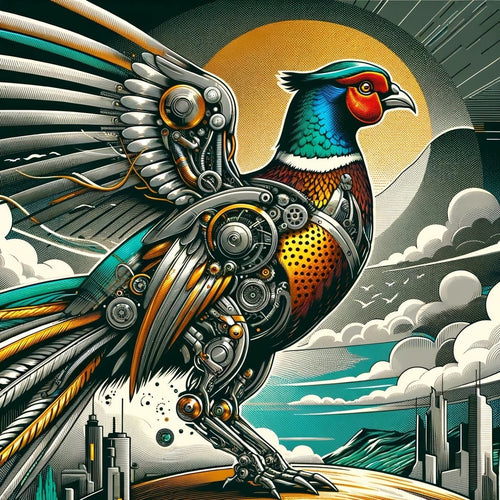Machines And Equipment
Luckily, I'm not starting out making knives from scratch with little, or no, equipment.
As I've mentioned a few times (and you're probably getting sick of me telling you) I've designed and made over 100+ products over the last 10 years. All of these have been made from metal -- mostly titanium.
I started out with zero equipment and, over the years, added as the business grew (pretty much how everyone does it).
I think it's useful for you to know about these machines, what they do and how they work. I will go into detail on them as we progress through the making of the knife. But, for now, I just want to list them and give a quick description.
Let's get into it...
Water-Jet Cutter
This machine can cut parts out of any type of metal sheet or plate -- up to 100mm (or 4") thick. It uses high pressure water (50,000 PSI!) to carry "garnet" - a fine sand that acts as abrasive. The garnet is what does the cutting of the metal.
CNC Lathe
The CNC Lathe takes round metal bars as the input and produces small round parts. It can make pretty much anything for the knife that's round in shape: screws, pivots, stop-pins, stand-off, etc.
CNC Milling Machine
The CNC Milling Machine is similar to the CNC Lathe except you can start with pretty much any shape of metal part you want as input ...and the machine will output any shaped metal part.
I am massively over-simplifying the using of a CNC machine with the statement above - but it's roughly right. I just missed out the fact that being a CNC Machinist is an entire career and area of specialization. To put it another way... you don't simply just "put a bit of metal in the machine and push 'Go'".
Centrifugal Barrel Tumbler
While you may be familiar with a Vibratory Tumbler ...a Centrifugal Barrel Tumbler is less common. This is one of the first machines I bought (literally emptied my personal savings account to buy it).
It is for deburring and rounding the corners and edges of metal parts. This is done by putting abrasive ceramic or plastic "media" in small barrels together with water. These barrel sit on a larger "turret" wheel -- exactly like a Ferris wheel -- which will spin at up to 175 RPM. This might not sound like much - but it can produce up to 13G of force. Which, to give you an idea, means a 200g (7oz) knife blade would essentially weigh about 2.6Kg (5.7lb) in there!.
As you can probably guess... a Centrifugal Barrel Tumbler is fast at deburring and finishing.
Oven
Just like a regular oven in your kitchen ...except this one can go up to around 1200-degress Celsius (or 2200-degree Fahrenheit).
The other difference is it can be programmed. This means you can, for example, select a temperature you want to reach and it can work its way towards that temperature at a specific rate (i.e. as fast as possible, slowly over time or anything in between). It can also hold that temperature for a specified amount of time as well as cool down at a specified rate too. And, believe it or not, you can program it to do much more complex programs than this.
Robot
Right now I have the robot deburring and finishing parts (yes, the same thing as the Centrifugal Barrel Tumbler above). I built a some spinning "bowls" on a frame. These bowls have abrasive media and water in them. The robot picks up metal parts and holds them in the bowls to deburr and surface finish them.
I may use the robot like this for knife parts - it's too early to tell. However, the robot can be used for other things, so I thought it was at least worth talking about it in this section since it is available as a piece of equipment to use.
<<< Previous Section -- Making "The World's Best Knife" <<<
>>> Next Section -- [] >>>
